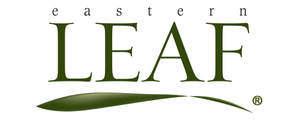
General Principles
Subject
The first stem you add to the arrangement is typically the subject, and the one in which the other pieces will use as the anchor for the arrangement. Most often, this piece will also be the longest in the arrangement.
Object
The object is the piece that draws your eye immediately. Viewers of your arrangement will notice this part of your arrangement first. The object connects the other pieces together while enhancing the subject.
Fillers
Fillers are used to add distinct features in blank spaces. Although not always required, too much empty space will leave an arrangement looking bare. One method in using fillers is to pick a different texture of plant material different from the subject or object to compliment the arrangement better.
Easy Step-by-Step Guidelines
Step 1: Pick a Vase
Creating the arrangement usually requires a container. If using plant material, we recommend something that can hold water to hydrate the plants to make your centerpiece or arrangement last as long as possible. You can also make use of baskets, or dishes for arrangements that are temporary.
Choose an Ikebana Container
Step 2: Choose a Pinfrog
Kenzans, or pinfrogs are weighted accessories that help hold stems or branches in place vertically or at an angle. The weight of the pinfrogs help with stability and allow for many more options when playing with angles and lines.
Select a Kenzan Pin Holder
Step 3: Pick Plant Material
In Ikebana, you'll want to utilize all the plant material available. Choose from thick branches to thin stems depending on the style of arrangement you would like to make. Select flowers if you would like to add color to your arrangement. Part of the art is enjoying the peace and relaxation of creating, so have fun and happy arranging.
